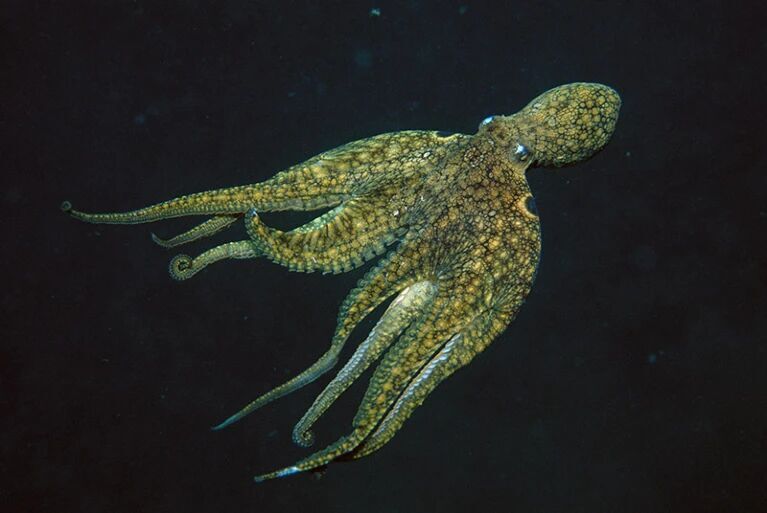
© Randall Carlson Newsletter - March 2024
Last month, in the February 2024 issue of the
Kosmographia Newsletter I reported on new research correlating a series of large-scale igneous events which produced the Central Atlantic Magmatic Province (CAMP) and the Siberian Traps with mass extinction episodes. On February 8 another paper was published in the journal
Global and Planetary Change which further
supports correlations between mass extinction episodes with gigantic volcanic eruptions and catastrophic cosmic impacts. The lead author of the paper is Michael Rampino, who has for decades been in the forefront of researching catastrophic events in Earth history. I have been following his work since the early 1980s and hold him in high regard as a scientist who is willing to think outside established paradigms of Earth history. The abstract to the paper begins:
"We find that Large Igneous Province (LIP) volcanism, mostly continental flood basalts (CFBs), along with the largest extraterrestrial impacts show significant correlations with mass-extinction events in the Phanerozoic geologic record. The ages of the 6 major marine mass extinctions (≥ 40% extinction of genera) of the last 541 MY ̶ the end-Ordovician (~444 Ma), late Devonian (~ 372 Ma), end-Guadalupian (~259 Ma), end-Permian (~ 252 Ma), end-Triassic (~201 Ma), and end-Cretaceous (66 Ma) extinctions are significantly correlated with high-quality U — Pb zircon and 40Ar/39Ar ages of 6 continental flood basalts (CFBs) ̶ the Cape St. Mary's, Viluy, Emeishan, Siberian, CAMP, and the Deccan Basalts.
U — Pb zircon dating (Uranium-lead) is a widely used method for dating metamorphic rocks typically employing a thermal ionization mass spectrometer. Zircon is used because it includes uranium and thorium atoms in its crystalline structure when forming but rejects lead, so any lead found in a zircon crystal is radiogenic, meaning it results from radioactive decay. Argon dating can measure Argon isotopes from a single mineral grain. The ratio of Argon 40 to Argon 39 yields the age of the sample.
The extinctions listed above are considered to be major events in the history of life on Earth.
A number of less severe extinctions have taken place, although these events are somewhat more difficult to discern in the geologic/palaeontologic record. Nevertheless, a correlation can be discerned between these extinctions and both volcanic eruptions and cosmic impact.

Comment: See also: